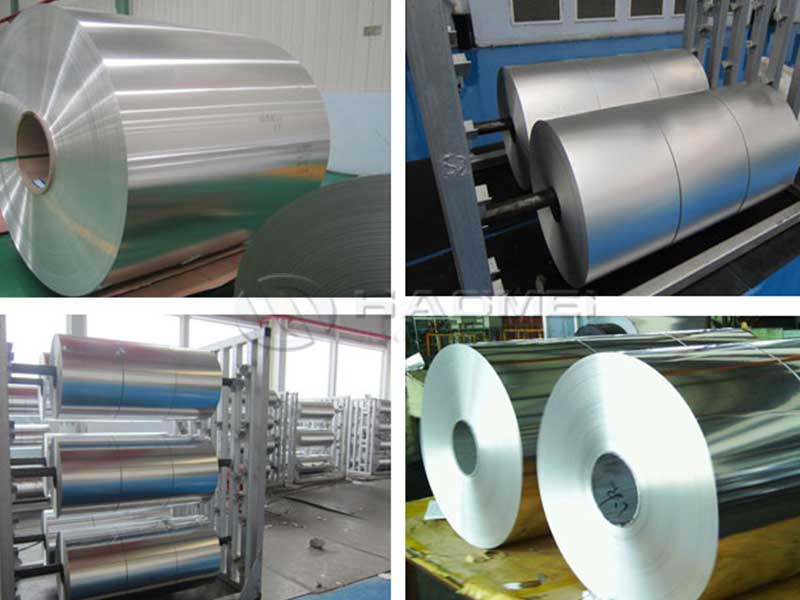In the continuously evolving landscape of manufacturing and technology, hydrophilic aluminum foil has emerged as an intriguing innovation. Its unique surface characteristics make it indispensable in numerous applications, most notably in heat exchange processes, HVAC systems, and the production of high-performance cooling solutions. This article delves into its properties, benefits, and common uses, illustrating why hydrophilic aluminum foil is a game-changer in various industries.
What is Hydrophilic Aluminum Foil?
Hydrophilic aluminum foil is a transformed version of traditional aluminum foil coated with a specific treatment that enhances its affinity for water. This treatment allows the surface to spread moisture effectively rather than forming droplets, resulting in improved surface wetting. This property is essential in applications where efficient heat transfer and condensation are crucial. The enhanced surface smoothness facilitates better water management, making it a preferred material in many applications.
Advantages of Hydrophilic Aluminum Foil
1. Improved Heat Transfer Efficiency
One of the standout features of hydrophilic aluminum foil is its remarkable ability to enhance heat transfer. The ability of the material to distribute moisture uniformly implies that coolant or air is consistently in contact with the foil’s surface, maximizing cooling efficiency. This results in better performance for heating, ventilation, and air-conditioning (HVAC) systems, where maximizing airflow is critical.
2. Energy Efficiency
With rising energy costs and increasing environmental concerns, energy efficiency is paramount. Utilizing hydrophilic aluminum foil typically leads to lower energy consumption for HVAC systems. By improving heat exchange efficiency, these systems can reduce overall energy use, leading to sustained savings over time and a lower carbon footprint.
3. Condensation Management
Bathrooms, laundry rooms, and basements often encounter moisture levels that can lead to detrimental mold growth and property damage. Hydrophilic aluminum foil helps address this challenge by managing condensation. Its ability to maintain a stable moisture level prevents excessive water buildup on surfaces, significantly reducing the risk of mold.
Common Applications
Hydrophilic aluminum foil is an industrial hero, finding applications in various sectors:
- HVAC Systems: Used in evaporators, condensers, and cooling coils to provide maximum cooling efficiency.
- Packaging: Protects sensitive food items by maintaining optimal moisture levels while ensuring thermal insulation.
- Automotive Industry: Applied in cooling reservoirs and radiators, enhancing performance while reducing vehicle weight.
- Refrigeration Appliances: Essential in refrigerators and freezers, ensuring reduced energy consumption and maintained temperature regulation.













